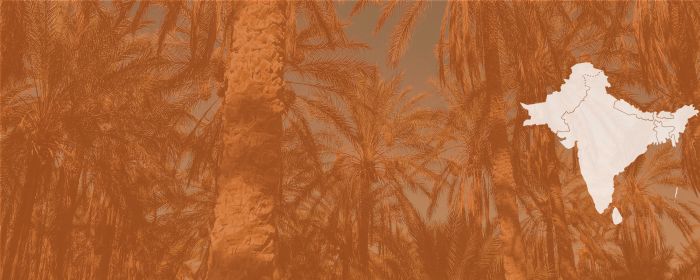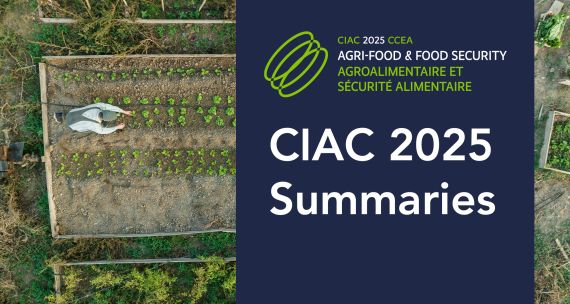The Takeaway
Since the 1990s, India has prioritized palm oil production to reduce its import dependency and meet increasing consumer demand. Despite various initiatives to incentivize palm oil cultivation across the country, northeast Indian palm oil farmers face challenges forcing them to reconsider their crop choices. The dilemma also raises questions about striking a balance between India’s goals for self-sufficiency in edible oils and its climate goals for carbon neutrality, considering the ecological damage inherent to palm oil cultivation.
In Brief
Since 2016, palm oil cultivation in the state of Nagaland has increased by more than 3,000 per cent, due in large part to the Indian government’s introduction of the National Mission on Oilseed and Oil Palm in 2015-16 and a renewed push with the 2021 National Mission on Edible Oils – Oil Palm (NMEO-OP) that emphasizes oil palm cultivation in northeast Indian states. Despite rapid growth in cultivation since these mission statements were activated, Nagaland farmers continually face water shortages, inadequate irrigation infrastructure, a lack of state support, and, more recently, a lack of buyers and processing capacity. As a result, they have disposed of palm kernels – or used them as animal feed – as they look for other crop options.
Implications
Over the past two decades, palm oil consumption in India has increased by approximately 230 per cent, and today India is the largest importer of palm oil globally. As palm oil is a part of almost 50 per cent of all packaged consumer products – edible and non-edible – it is not surprising to see the increasing global demand. The COVID-19 pandemic and the Russian war in Ukraine have caused significant supply-chain issues, spikes in global prices, and restrictions on edible oil exports from source countries as they seek to protect their domestic markets.
Roughly 56 per cent of India’s edible oil imports are palm oil, and over 90 per cent of the imported palm oil comes from Indonesia, Malaysia, and Thailand. Given palm oil’s versatility and economic viability, the Indian government launched its oilseed initiatives to reduce India’s reliability on imports, contribute to the nation’s food security, and help address the growing unemployment rates in the country. Incorporating aspects of previous schemes, the NMEO-OP increased available funding and support systems for palm oil farmers in 13 Indian states. Under the 2021 scheme, the total area for palm oil cultivation is projected to increase threefold — to a whopping one million hectares — and crude palm oil production to 1.125 million tonnes by 2026. Most of the cultivation will occur in seven ecologically sensitive northeastern states and the Andaman and Nicobar Islands.
Palm oil cultivation is already proving disastrous for the northeast’s natural ecology as tropical forests must be cleared to establish plantations. There have also been reports of increased human-animal conflicts in these impacted areas. Alleged misleading reporting of plantations as forest cover by state forest departments in national forest surveys has reportedly further concealed the environmental damage. Additionally, palm oil cultivation is water intensive. As weather patterns change, uneven rainfall, flooding, and erosion in the northeast is causing damage to palm oil saplings, a situation compounded by a lack of sustainable irrigation systems suitable for the region’s hilly terrain. India also risks following in the footsteps of Indonesia and Malaysia, where 3.5 million hectares of forest were converted to palm oil plantations, resulting in a staggering biodiversity loss.
What’s Next
- Sustainable practices in palm oil cultivation: Palm oil production is not new to India, as states such as Andhra Pradesh and Telangana have been producing palm oil since the 1990s. Unlike northeast Indian states, these states have well-established infrastructural and policy support for palm cultivators. In Telangana, which has its own State Oil Palm Mission, farmers get irrigation relief by using water from wells and borewells; oil-producing companies have established nurseries that sell saplings to farmers at subsidized rates; and processing factories are a pre-requirement to establishing a plantation. If northeastern states like Nagaland hope to sustainably grow palm oil trees while preserving the livelihoods of local farmers, the state should consider incentives that prioritize sustainable irrigation (such as the Indigenous practice of bamboo drip cultivation), protect the natural ecology, and guarantee farmers income during gestation periods by practicing inter-cropping.
- Understanding palm oil-associated health risks and exploring alternatives: Studies show that palm oil contains 50 per cent triglycerides, and its regular consumption can clog arteries, increase heart disease risks, and heighten bad cholesterol levels. In terms of higher nutrient content, oil from rice bran, groundnut, sunflower, and oilseeds such as sesame, mustard, and linseed are healthier, but not as cost-effective. The less water-intensive sesame and mustard have long been cultivated by Indian farmers, and even rice can be utilized to increase oil extracts. With proper guidance and support in producing these alternative edible oils, India can decrease its reliance on palm oil altogether.
• Produced by CAST's South Asia team: Dr. Sreyoshi Dey (Program Manager); Prerana Das (Analyst); and Suyesha Dutta (Analyst).




